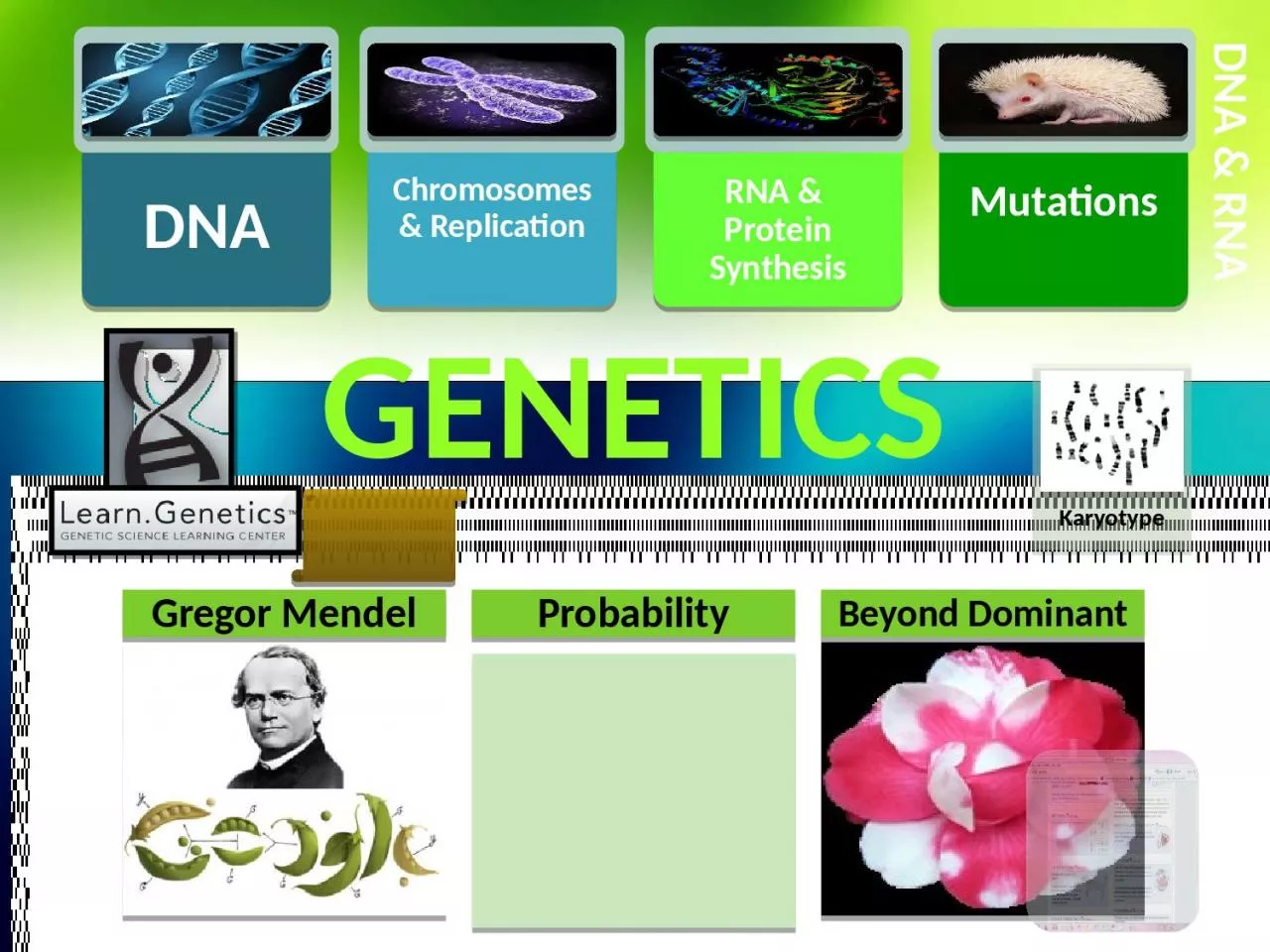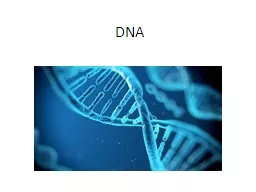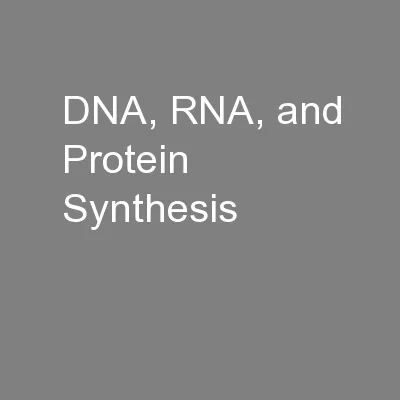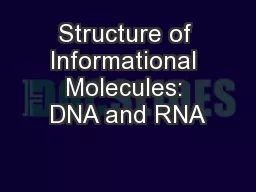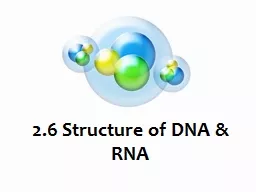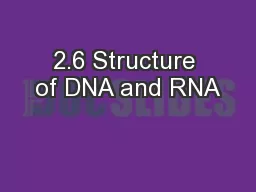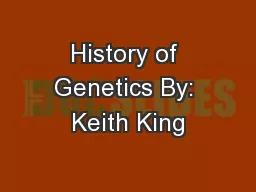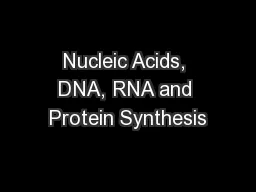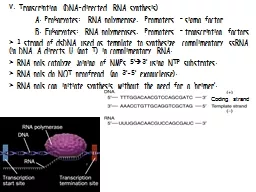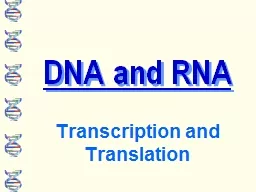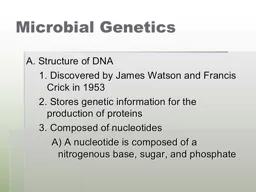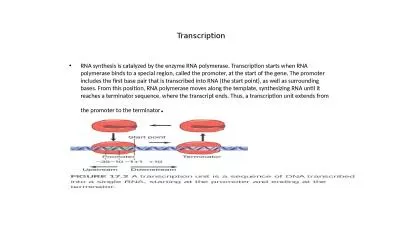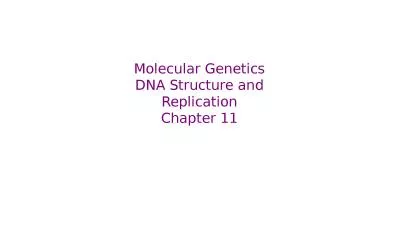PPT-Genetics DNA & RNA Intro to Genetics
Author : CitySlicker | Published Date : 2022-08-03
Early ideas about genetics Hippocrates Pangenesis Particles pangenes from each part of the body moved to the egg and sperm Changes in organisms over their lifetime
Presentation Embed Code
Download Presentation
Download Presentation The PPT/PDF document "Genetics DNA & RNA Intro to Genetics" is the property of its rightful owner. Permission is granted to download and print the materials on this website for personal, non-commercial use only, and to display it on your personal computer provided you do not modify the materials and that you retain all copyright notices contained in the materials. By downloading content from our website, you accept the terms of this agreement.
Genetics DNA & RNA Intro to Genetics: Transcript
Download Rules Of Document
"Genetics DNA & RNA Intro to Genetics"The content belongs to its owner. You may download and print it for personal use, without modification, and keep all copyright notices. By downloading, you agree to these terms.
Related Documents

